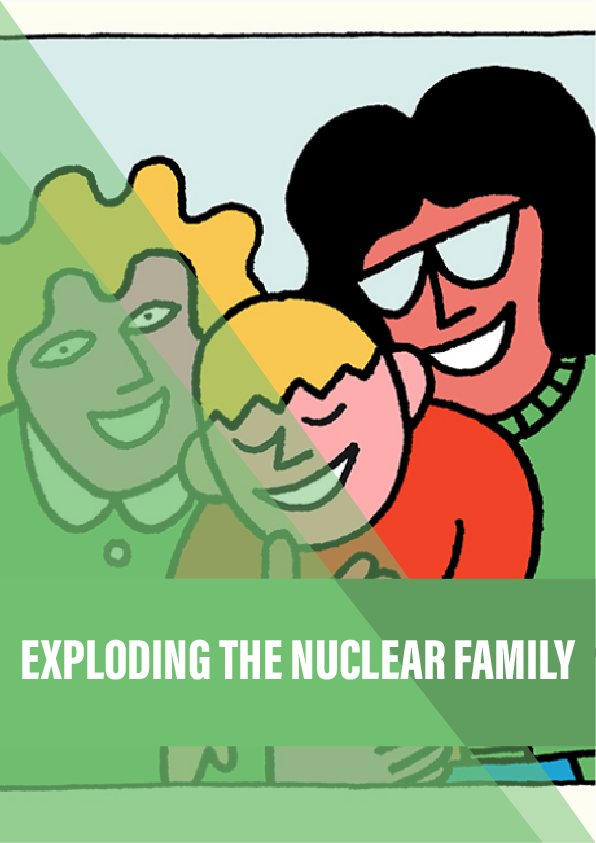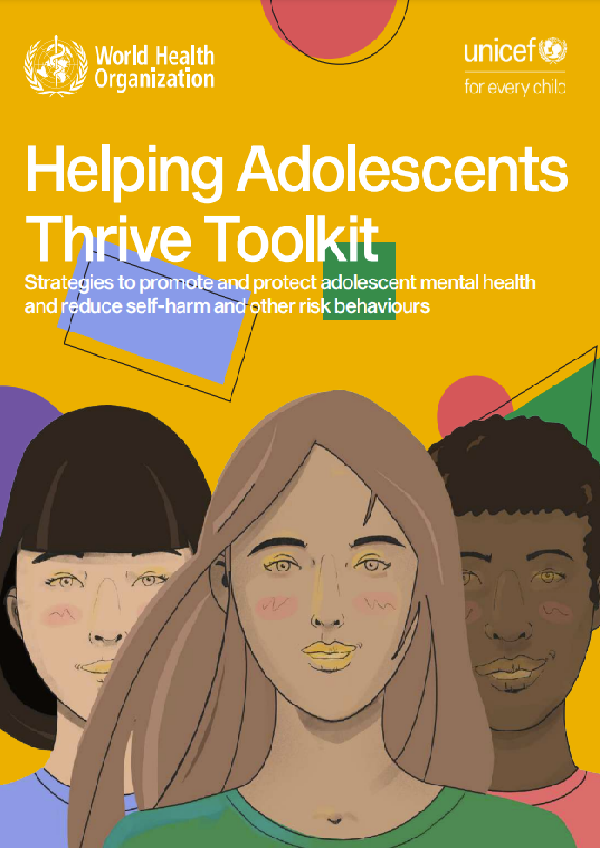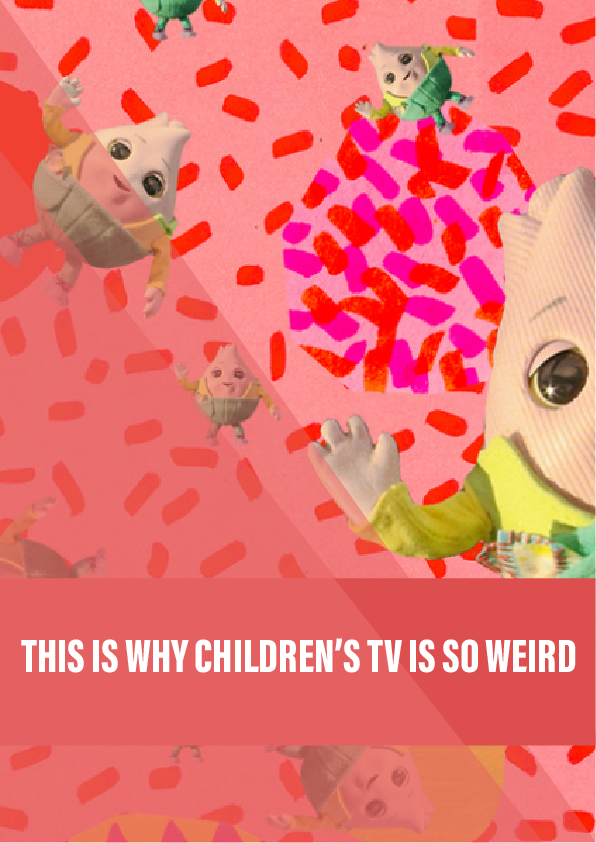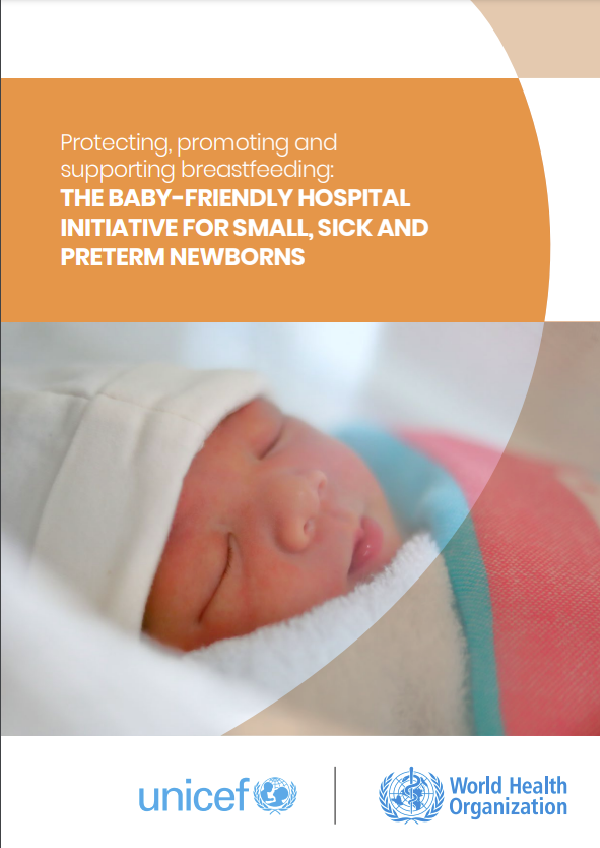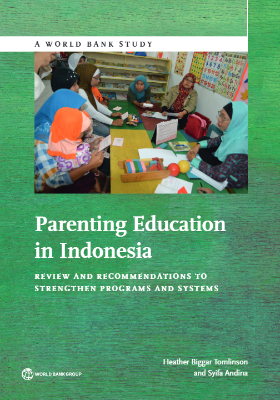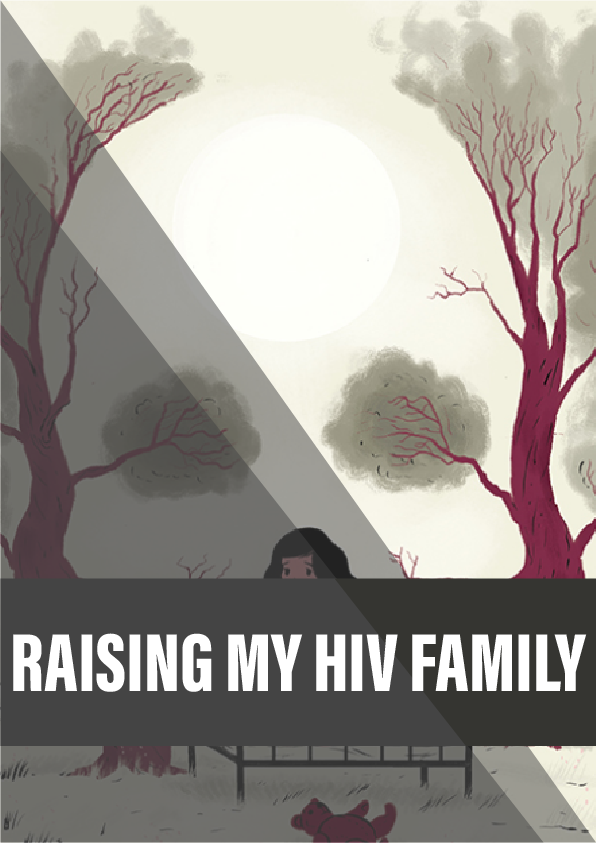Lesley and John Brown had been trying to conceive for nine years. The ongoing failures took their toll: Lesley became depressed, and at one point suggested that John find a “normal woman”.
Eventually, she was referred to Patrick Steptoe, a gynaecologist at Oldham General Hospital in Greater Manchester. He offered Lesley an experimental treatment he had been working on with his colleague Robert Edwards. The procedure would use a long, slender probe to pluck an egg from one of Lesley’s ovaries, before mixing it with some of John’s sperm and nurturing the developing embryo outside of her body. Finally, the embryo would be placed into Lesley’s womb, where hopefully it would continue to develop. At the time, the technique had never before resulted in the birth of a live baby.
Nine months later, at 11.47pm on 25 July 1978, a blonde-haired, blue-eyed baby girl was born, weighing 5 pounds and 12 ounces. Her parents chose her first name, while Steptoe and Edwards suggested a middle name. Louise Joy Brown – the world’s first test-tube baby, born through assisted reproductive technology.
“Superbabe,” read the headline in the Evening News. “The Lovely Louise,” shouted the Daily Mail. Public reaction was generally positive – a Gallup survey of Americans had 53 per cent of those polled saying that they’d be willing to undergo IVF if they were unable to conceive naturally. Acceptance was not unanimous of course. “The fact that science now has the ability to alter this [process] does not mean that, morally speaking, it has the right to do so,” said Reverend Thomas C Kelly, the US General Secretary of Catholic Bishops, in a Washington Post article shortly after Louise’s birth. People had concerns. The technology was, some felt, unnatural. What kinds of families would it produce? Would the kids be okay?
Today, the days of the nuclear family – a man, a wife, 2.4 kids – seem increasingly numbered. Divorce is common. Gay and lesbian parents can adopt or conceive biological children of their own thanks to egg donation and surrogacy. And the possibilities for new types of family continue to grow: single mothers by choice, who decide from the outset to have a baby without a visible father; methuselah mums having babies in their 60s. They raise fresh questions about the relationship of parent to child, the relative contributions of mothers and fathers to a child’s development, and what exactly it means to be a family.
Reference:
